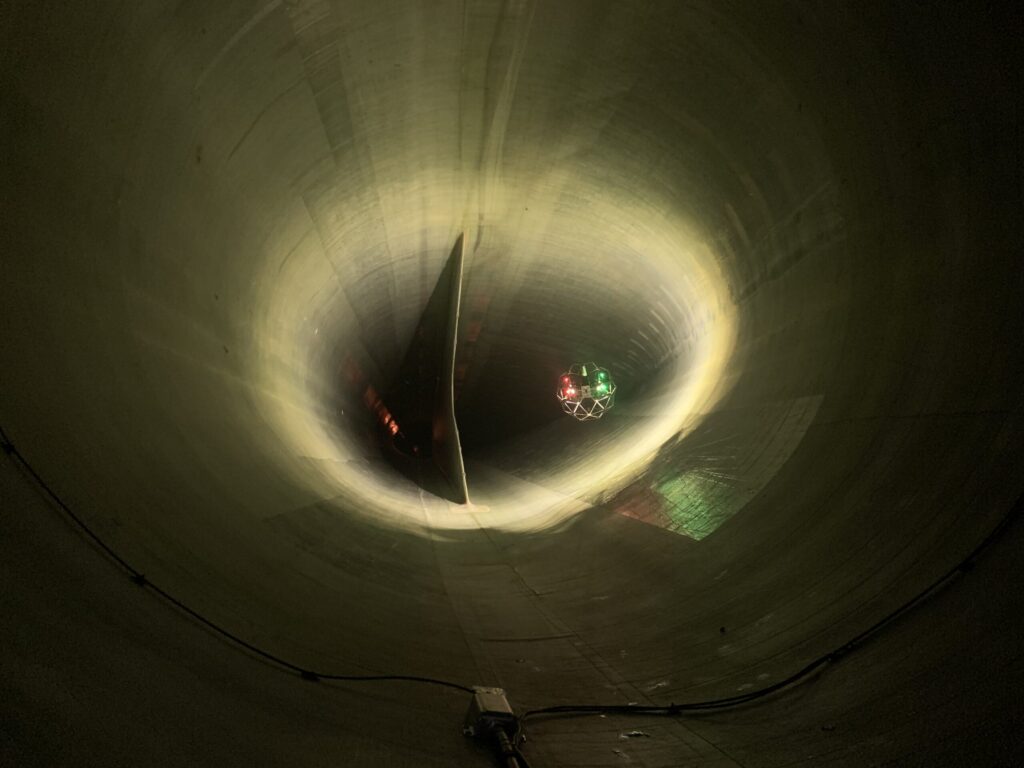Internal inspections of wind turbine blades

Why are internal inspections of your wind turbine blades important? Although external inspections of wind turbine blades are now faster and cheaper than ever before, there are still compelling reasons to invest time and money in internal inspections. Perhaps the most crucial reason is that certain types of damage to the blades cannot be detected from external inspection images alone. In fact, up to 90% of structural blade defects are only visible on the inside of the blade. This is especially important when the turbine is going out of warranty. From an economic standpoint, it’s crucial to document any necessary repairs or maintenance to avoid unexpected costs down the road. Even after the warranty period has ended, it’s essential to stay on top of the condition of the blades to prevent the development of costly structural defects. In short, while external inspections may be quicker and less expensive, investing in internal inspections is a wise decision that can help protect the longevity and profitability of wind turbines. Why use drones instead of sending in technicians to do the work? The use of drones for internal inspections is still in its early stages, but it’s an exciting development that has the potential to revolutionize the industry. In many ways, it’s reminiscent of the transition that external blade inspections faced when moving from rope access inspections to ground-based inspections. One of the key benefits of using drones for blade inspections is the improved coverage they provide compared to human technicians. With a drone, each inspection can cover all surfaces of the blade, including areas that are inaccessible to technicians. As a general rule, drones can reach up to 2/3 of the blade, although this can vary depending on the layout of the blade. Another significant advantage is the faster inspection speeds. Normally, it takes three technicians an entire day to conduct a single internal inspection. With drones, it’s possible to conduct 3-4 inspections in a single day, depending on the size and location of the turbine. Finally, using drones can reduce the need for technicians to work in confined spaces. Sending a technician into a confined space 100 meters (109 yards) above ground is not ideal, and drones can help eliminate this risk. Overall, while the use of drones for internal inspections is still in its infancy, it’s clear that there are numerous benefits to this approach. As the technology continues to evolve, we can expect to see even more exciting developments in this area. How is the drone inspection conducted? https://www.youtube.com/watch?v=Chk4Xjg054A Interested in learning More – Listen to the webinar about internal drone inspections https://www.youtube.com/watch?v=Sis3tf47ghA&t=207s Want to learn more? Don’t be a stranger – Feel free to reach out by clicking here
